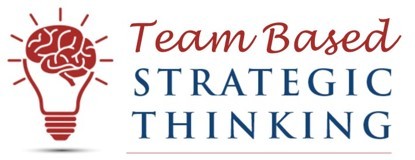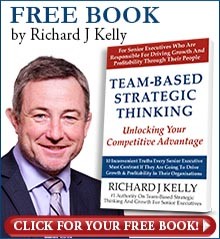
The Enemy Within:
Exploring the Unseen Impact
of Psychosocial Hazards
In the fast-paced and demanding world of business, executives are often well-versed in identifying physical risks and occupational hazards. However, there is a less tangible, yet equally detrimental, threat lurking beneath the surface: psychosocial hazards. Psychosocial hazards are aspects of work that can have a negative impact on a worker’s mental and emotional health. They can include things like job stress, bullying, and violence.
How is this different from Psychological Safety?
This can be contrasted with psychological safety. While they may sound similar, they address different aspects of the employee experience. Think of psychological safety as the fertile soil where trust and collaboration can grow, while psychosocial hazards represent the hidden thorns that can prick and hinder the growth of a healthy work environment.
Psychological safety, akin to a supportive ecosystem, is the bedrock of a thriving workplace. It refers to an environment where individuals feel safe to take risks, voice their opinions, and be their authentic selves without fear of negative consequences. Psychological safety cultivates an atmosphere that encourages innovation, creativity, and open communication. It is the foundation that enables individuals to express ideas freely, collaborate effectively, and learn from mistakes without the fear of judgment or retribution.
On the other hand, psychosocial hazards, resembling invasive weeds, represent the potential threats to employee well-being and organizational health. These hazards encompass a range of factors, such as excessive workload, interpersonal conflicts, or inadequate support systems, that can negatively impact the psychological and social aspects of work. They can be seen as the thorns that obstruct growth and well-being.
A Profound Impact on Employee Well Being
These hazards, which encompass the psychological and social aspects of work, can have a profound impact on employee well-being and organizational performance. Let us delve into this often-overlooked realm, shedding light on the unseen perils that can undermine the health and productivity of individuals and companies alike.
To better understand the impact of psychosocial hazards, imagine a tranquil pond surrounded by lush greenery—a harmonious ecosystem in balance. Now, envision the same pond tainted by toxic substances seeping into its waters. The once-vibrant ecosystem begins to deteriorate, as the toxicity spreads, suffocating life. Similarly, in the workplace, psychosocial hazards act as the toxic substances, polluting the work environment and eroding employee morale and productivity. Psychosocial hazards come in various forms, and their impact can be insidious. Consider excessive workload and unrealistic deadlines. Just as an overloaded power circuit can cause a catastrophic breakdown, an overwhelming workload can lead to burnout, decreased concentration, and heightened stress levels. Similarly, interpersonal conflicts, akin to fissures in a foundation, can fracture team cohesion and breed a toxic work environment, affecting both mental well-being and overall productivity.
Psychosocial hazards can have a devastating impact on a worker’s health. They can lead to a range of mental and emotional problems, including anxiety, depression, post-traumatic stress disorder, and sleep disorders. They can also lead to physical problems, such as heart disease, stroke, and musculoskeletal disorders.
Organizational Culture as a Crucial Factor
Organizational culture serves as the fertile soil that nurtures or stunts the growth of psychosocial hazards. An organization that fosters a culture of fear, where individuals are reluctant to voice concerns or take risks, is akin to a stifling desert devoid of nourishment. On the other hand, a positive and supportive culture, where open communication and trust flourish, resembles a lush rainforest, teeming with creativity and collaboration.
The impact of psychosocial hazards extends beyond the individuals directly affected, much like the ripples caused by a stone tossed into a pond. When one employee experiences high levels of stress or burnout, the effects reverberate through the organization, impacting team dynamics, productivity, and ultimately, the bottom line.
The Road to Salvation
Recognizing and addressing psychosocial hazards is crucial for business leaders. Implementing effective strategies, much like constructing flood barriers, can protect against the harmful consequences. Initiatives such as promoting work-life balance, fostering a culture of psychological safety, and providing mental health resources are essential steps towards mitigating psychosocial hazards.
Leaders Need to Take Responsibility
In the bustling world of business, it is imperative for leaders to broaden their focus beyond tangible risks and consider the intangible dangers that silently undermine organizational success. By cultivating psychological safety and proactively mitigating psychosocial hazards, organizations can create an ecosystem where individuals can flourish, bringing out the best in themselves and their teams. We as leaders need to take responsibility of safeguarding the psychosocial landscape, ensuring a sustainable future for both individuals and businesses alike.
If you would like to explore more on Psychosocial health and psychological safety, please join us for our upcoming workshop by registering here.
Written with the assistance of Chat GPT and Bard



